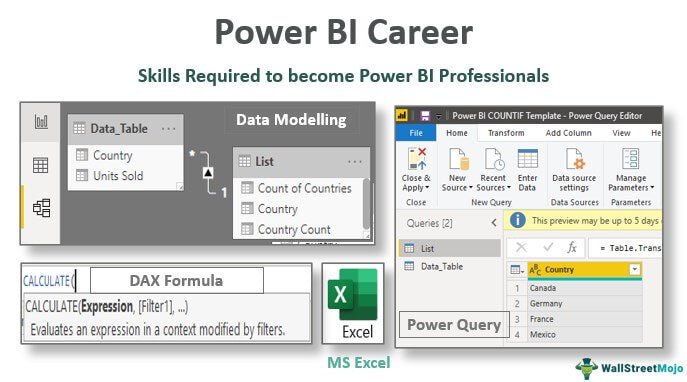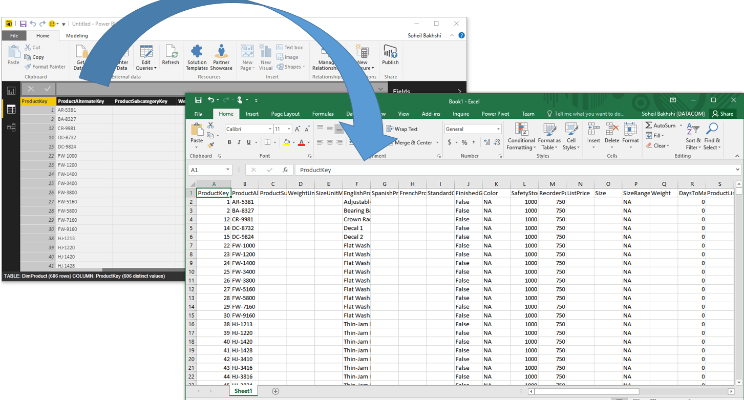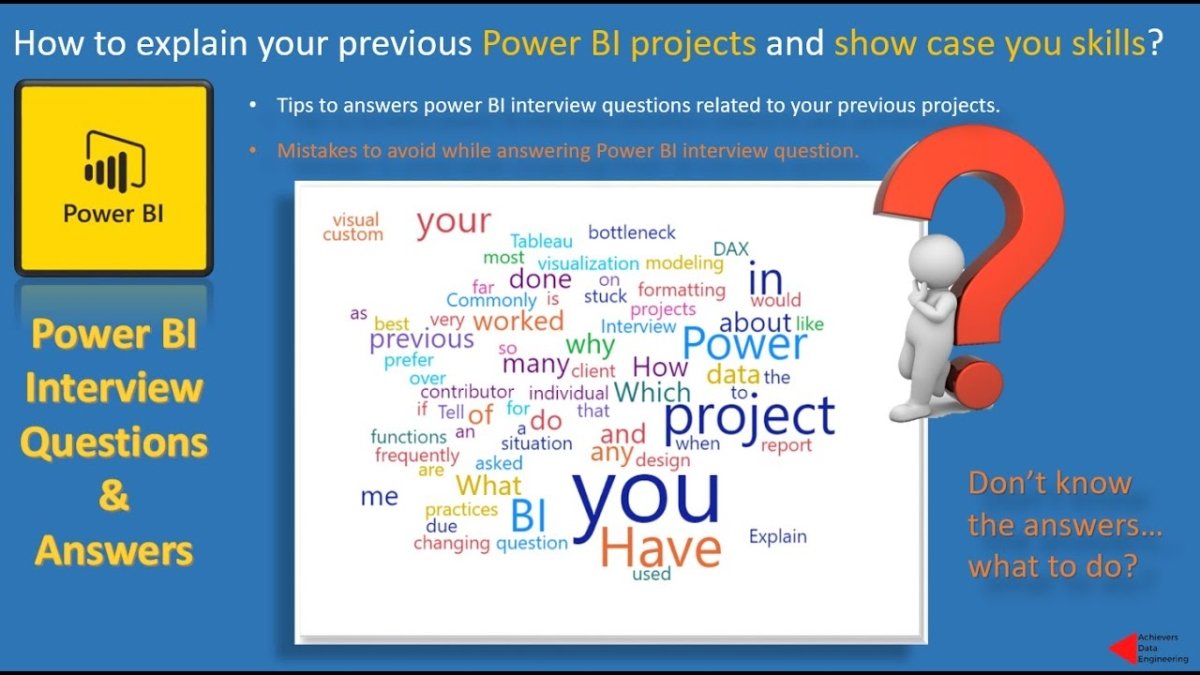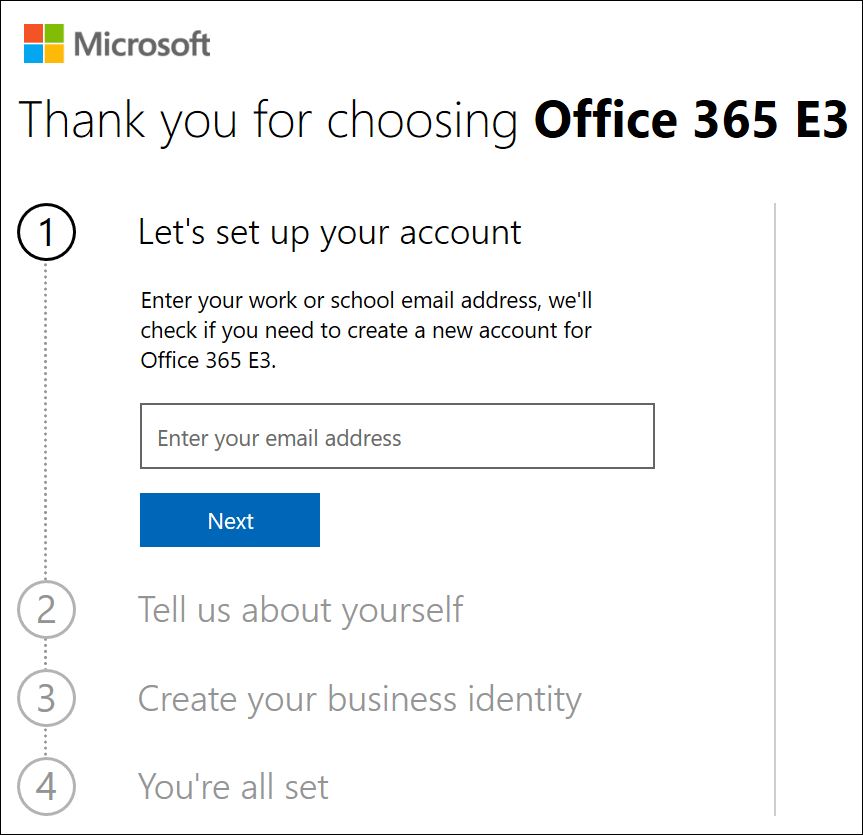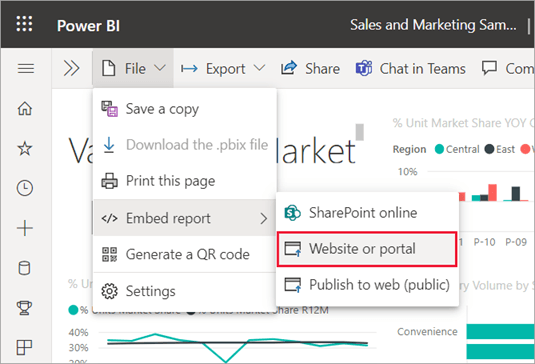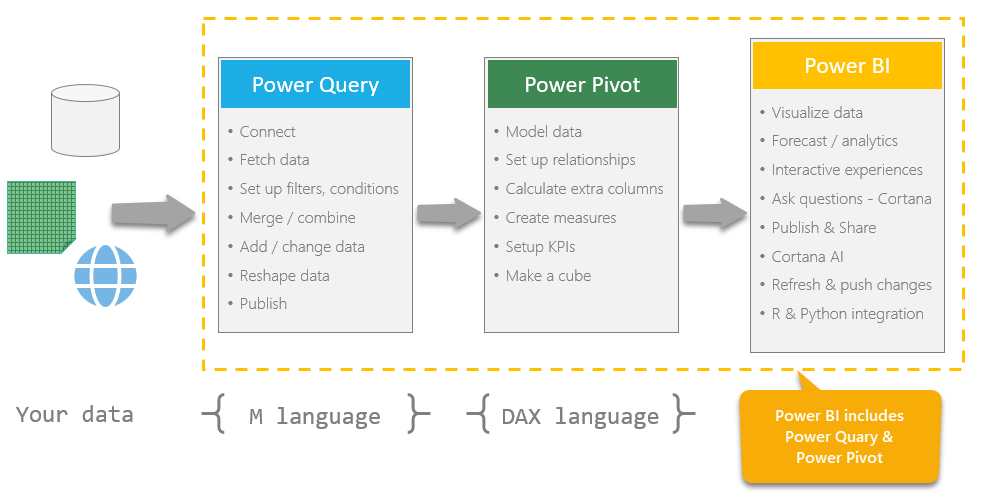
What is Power Pivot in Power Bi?
Do you need to manage, analyze and visualize large amounts of data? If so, Power Pivot in Power BI may just be the answer you’re looking for. Power Pivot is a powerful data analysis tool that can help you make sense of complex data sets and make decisions faster. In this article, we’ll explore what Power Pivot is, how it works, and how it can help you with your data analysis needs. Let’s dive in and get started!
Power Pivot provides powerful features such as:
- Data analysis and exploration.
- Advanced data modeling capabilities.
- Integration with other Power BI tools.
- Data manipulation and transformation.

What is Power Pivot in Power BI?
Power Pivot is an Excel add-on that enables users to analyze large data sets with ease. It allows users to create interactive data models, build relationships between data sources, and perform powerful data analysis with just a few clicks. With Power Pivot, users can access and analyze data from multiple sources, including databases, spreadsheets, and text files. With its powerful tools, users can quickly and easily analyze large data sets and create insightful data models.
Power Pivot is a powerful add-on for Microsoft Excel. It enables users to easily access and analyze large amounts of data from multiple sources, including databases, spreadsheets, and text files. Power Pivot allows users to create interactive data models, build relationships between data sources, and perform powerful data analysis with just a few clicks. With its powerful tools, users can quickly and easily analyze large data sets and create insightful data models.
Power Pivot is an essential tool for any data analyst or data scientist. It makes it easy to access and analyze large data sets from multiple sources. It also allows users to create interactive data models and build relationships between data sources. With its powerful tools, users can quickly and easily analyze large data sets and create insightful data models.
What are the Benefits of Using Power Pivot?
Power Pivot can provide users with a variety of benefits, including the ability to quickly and easily analyze large data sets. It also allows users to create interactive data models and build relationships between data sources. With its powerful tools, users can quickly and easily analyze large data sets and create insightful data models.
Power Pivot can also help users save time by allowing them to quickly and easily access and analyze large data sets from multiple sources. It also allows users to quickly and easily create interactive data models and build relationships between data sources. With its powerful tools, users can quickly and easily analyze large data sets and create insightful data models.
Power Pivot can also help users save money as it eliminates the need to purchase expensive software or hardware to access and analyze large data sets. It also allows users to quickly and easily create interactive data models and build relationships between data sources. With its powerful tools, users can quickly and easily analyze large data sets and create insightful data models.
What are the Features of Power Pivot?
Power Pivot has a variety of features that make it a powerful tool for data analysis. It allows users to easily access and analyze large data sets from multiple sources. It also allows users to quickly and easily create interactive data models and build relationships between data sources. With its powerful tools, users can quickly and easily analyze large data sets and create insightful data models.
Power Pivot also allows users to quickly and easily build reports and visualize data. It also allows users to create interactive dashboards and share data with colleagues and other stakeholders. With its powerful tools, users can quickly and easily analyze large data sets and create insightful data models.
Power Pivot also allows users to customize data models and add custom fields to the data model. It also allows users to create custom calculations and formulas to analyze data. With its powerful tools, users can quickly and easily analyze large data sets and create insightful data models.
How to Use Power Pivot?
Using Power Pivot is easy and requires a few simple steps. First, users need to download and install the Power Pivot add-on for Microsoft Excel. Once installed, users can then access the Power Pivot window by clicking the Power Pivot tab in the ribbon.
Once in the Power Pivot window, users can then select the data sources they want to use, such as databases, spreadsheets, and text files. Users can then select the data they want to include in their data model. They can also create relationships between data sources and add custom fields to the data model.
Once the data model is complete, users can then use the powerful tools in Power Pivot to analyze the data and create insightful reports and visualizations. They can also create interactive dashboards and share data with colleagues and other stakeholders.
Power Pivot in Power BI
Power Pivot can be used in Power BI to create interactive data models and build relationships between data sources. Power BI is a powerful suite of tools that helps users create insightful data models and visualizations. With Power Pivot, users can access and analyze large data sets from multiple sources and quickly and easily create interactive data models and build relationships between data sources.
Power BI also allows users to quickly and easily create interactive dashboards and share data with colleagues and other stakeholders. With Power Pivot, users can quickly and easily analyze large data sets and create insightful data models. Power BI also has a variety of data visualization tools that allow users to create interactive and engaging visualizations.
Power Pivot can also be used in Power BI to customize data models and add custom fields to the data model. It also allows users to create custom calculations and formulas to analyze data. With its powerful tools, users can quickly and easily analyze large data sets and create insightful data models.
Frequently Asked Questions
What is Power Pivot in Power BI?
Power Pivot is a powerful data analysis and modeling tool that is included in Power BI. It is an in-memory data modeling technology that enables users to quickly analyze large amounts of data and create complex data models. Power Pivot allows users to create relationships between different data tables, and then use these relationships to create calculated columns, measures, and hierarchies. Power Pivot also includes a powerful data engine that allows users to quickly analyze large datasets and rapidly create reports and dashboards.
What are the Benefits of Using Power Pivot?
The main benefits of using Power Pivot are that it enables users to quickly analyze large amounts of data, create complex data models, and rapidly create reports and dashboards. It also allows users to combine data from multiple sources, and create complex calculations with ease. Additionally, Power Pivot enables users to create relationships between different data tables, and allows for dynamic data analysis.
What Types of Data Sources Can I Use With Power Pivot?
Power Pivot supports a wide range of data sources, including traditional databases, flat files, Excel workbooks, and cloud-based sources. Additionally, Power Pivot has the ability to connect directly to popular data sources such as Salesforce, Twitter, and Google Analytics.
How Do I Get Started with Power Pivot?
Getting started with Power Pivot is relatively simple. First, you will need to connect to the data source that you wish to use. Once the connection has been established, you can begin exploring the data and creating the relationships between different data tables. Additionally, you can start creating calculations, measures, and hierarchies. Finally, you can begin creating reports and dashboards.
What Are the Different Types of Calculations I Can Create With Power Pivot?
Power Pivot allows you to create a wide range of calculations, including basic calculations such as sums, averages, and counts, as well as more complex calculations such as conditional statements, statistical functions, and custom functions. Additionally, Power Pivot allows you to use DAX (Data Analysis Expressions) to create more complex calculations.
What Are the Benefits of Using Power Pivot for Data Analysis?
Power Pivot is a powerful tool for data analysis and modeling. It enables users to quickly analyze large amounts of data and create complex data models. Additionally, Power Pivot allows users to combine data from multiple sources and create complex calculations with ease. Furthermore, Power Pivot enables users to create relationships between different data tables and allows for dynamic data analysis.
Power Query vs Power Pivot
Power Pivot in Power BI is a powerful tool that allows users to quickly and easily analyze large datasets, create insightful visualizations, and gain actionable insights. It provides an easy-to-use interface, making it a great choice for data analysis and visualization. With its ability to quickly process and manipulate large datasets, Power Pivot in Power BI can be a great asset to any business or organization. With the help of Power Pivot, users can easily access and analyze data, allowing them to make informed decisions and gain valuable insights.

